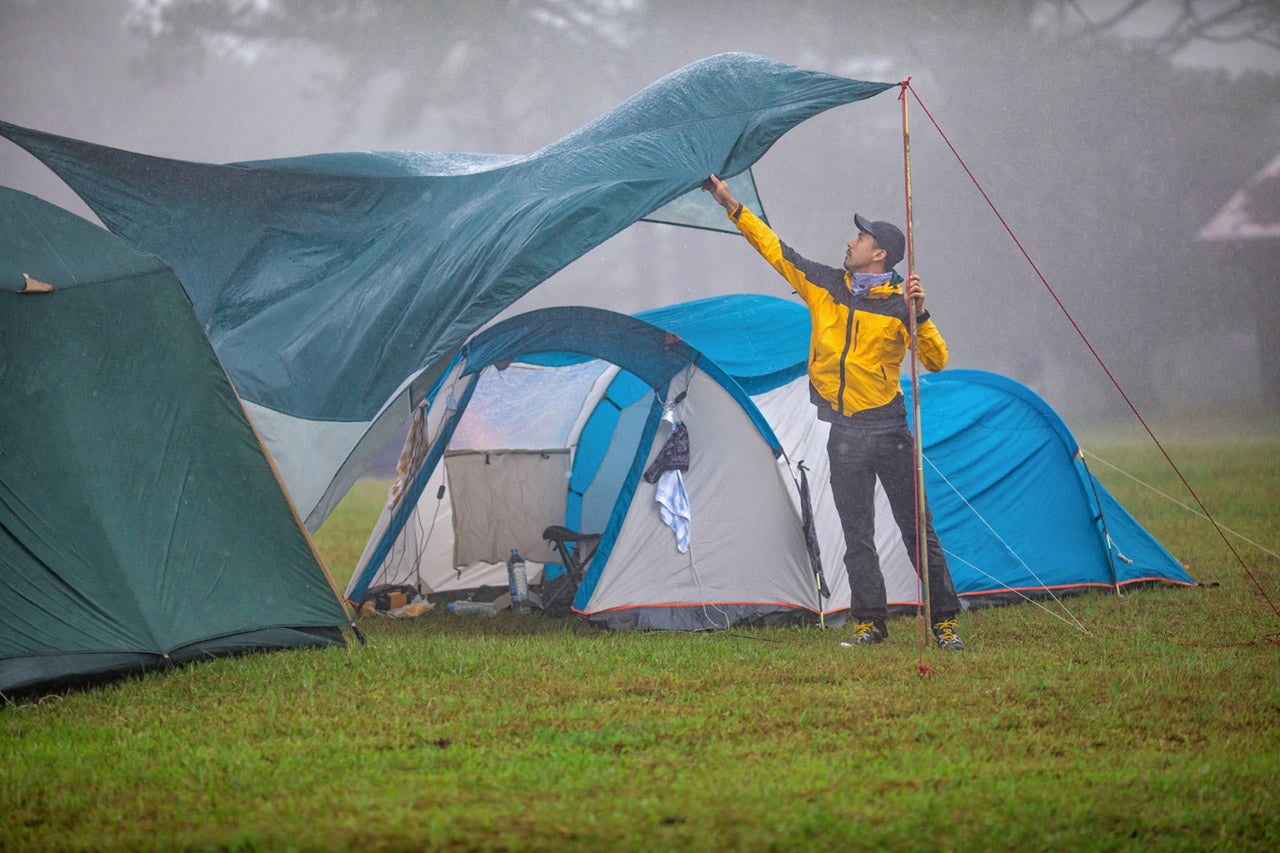Embarking on your first backpacking adventure can be both exciting and daunting. Here’s a comprehensive guide filled with tips and tricks to help you prepare for a safe, enjoyable, and memorable trip into the great outdoors.
1. Planning Your Trip
Research Your Destination Start by gathering information about your chosen location. Look into the terrain, trail difficulty, and local wildlife. Check for available campsites, water sources, and potential hazards. Knowing these details will help you plan your route and pack appropriately .
Create a Packing List A well-thought-out packing list is essential. Consider the length of your trip, weather conditions, and terrain. Be mindful of weight and space; only pack what you need and ensure your gear is lightweight and multifunctional .
Obtain Necessary Permits Some areas require permits or reservations. Contact the local park or forest service to secure these in advance to avoid any last-minute hassles .
2. Choosing the Right Gear
Backpack Your backpack is your most important piece of gear. Ensure it fits well and is comfortable. A well-fitted pack will distribute weight evenly across your hips and shoulders, reducing strain. For beginners, a slightly heavier pack with more padding and support is often more comfortable than an ultralight model .

Sleeping Gear Select a sleeping bag and pad suited to the weather conditions. Synthetic sleeping bags are versatile and more affordable, while down bags are lighter and more compressible. A good sleeping pad is crucial for comfort and insulation from the ground .
Clothing Use the layering system for your clothing: a moisture-wicking base layer, an insulating middle layer, and a weatherproof outer layer. This system allows you to adjust your clothing based on the temperature and activity level .
Footwear Invest in high-quality hiking boots or shoes with good traction and support. Break them in before your trip to avoid blisters. Consider the terrain and weather when choosing between boots and lighter hiking shoes .
3. Packing Efficiently
Weight Management Keep your backpack light. Prioritize essentials and opt for lightweight, multifunctional gear. Leave behind non-essentials to ensure your pack remains manageable and doesn’t cause fatigue .
Water and Food Stay hydrated by carrying enough water and knowing where to find water sources along your route. Treat all water from natural sources using filters or chemical treatments. Pack high-energy, non-perishable foods that are easy to prepare, like nuts, dried fruits, and pre-packaged meals .
4. On the Trail

Camp Setup and Safety Choose a campsite that is flat, dry, and safe from potential hazards like falling trees. Follow Leave No Trace principles: pack out all trash, stick to designated trails, and minimize your impact on the environment
Stay Hydrated and Nourished Proper hydration and nutrition are crucial. Drink plenty of water and eat regularly to maintain your energy levels. High-calorie snacks are great for keeping your energy up throughout the day.
Safety and First Aid Carry a basic first aid kit and know how to use it. Learn about the local wildlife and how to store food safely to avoid attracting animals. Be prepared for changes in weather and know how to navigate using a map and compass.
5. Training and Conditioning
Physical Preparation Backpacking is physically demanding. Train by hiking with a loaded backpack, and incorporate strength and endurance exercises into your routine. Focus on leg and core strength to help with balance and stability on uneven terrain .
Adjusting to Altitude If your trip involves high altitudes, acclimate gradually. Spend time at higher elevations during your training to help your body adjust .
6. Tips for Staying Comfortable and Safe
Managing Temperature Understanding and managing your body temperature is key to staying comfortable. In cold weather, use the three-layer system: a moisture-wicking base layer, an insulating layer, and a weatherproof outer layer. In hot weather, wear lightweight, breathable clothing, and take breaks in the shade to avoid overheating .

Dealing with Rain and Wet Conditions Pack rain gear, including a waterproof jacket, pants, and backpack cover. Quick-dry clothing and a set of dry clothes for sleeping are also essential. Set up camp in well-drained areas to avoid waking up in a puddle.
Personal Hygiene Maintaining hygiene on the trail helps prevent illness and discomfort. Use biodegradable soap, and pack hand sanitizer. Brush your teeth away from water sources to prevent contamination. For women, plan for menstrual hygiene and pack out used products.
7. Navigation and Trail Etiquette
Using Maps and GPS Familiarize yourself with topographic maps and how to use a compass. A GPS device can be a great backup, but always have a map and compass as your primary navigation tools. Learn to read the terrain and recognize landmarks .

Trail Etiquette Respect other hikers and the environment. Yield the trail to uphill hikers, minimize noise, and leave no trace. Dispose of waste properly, and avoid disturbing wildlife. Stick to established trails to reduce your impact on the ecosystem .
8. Building Your Skills
Start Small Begin with short trips to build your confidence and skills. Gradually increase the length and difficulty of your trips as you become more comfortable and experienced.
Learning from Others Join backpacking clubs or online forums to connect with experienced backpackers. They can provide valuable tips, share their experiences, and might even accompany you on trips, providing support and guidance .
Continuing Education Consider taking a wilderness first aid course and learning basic survival skills. These skills can be invaluable in emergency situations and increase your confidence on the trail .
Final Thoughts
Backpacking is a journey of discovery—about nature, and about yourself. As you step into the wild with your backpack, you'll find a new appreciation for simplicity and self-reliance. Remember, every backpacking trip is a learning experience. Embrace the challenges, enjoy the beauty of the wilderness, and keep pushing your boundaries. Happy trails!










Leave a comment